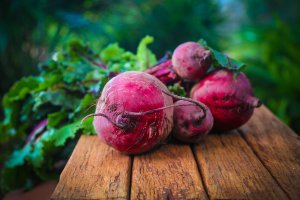What is the best substitute for Beets?
Looking for the best beet substitute? Beets are a versatile vegetable that can be enjoyed in many different dishes. But what happens whenever you run out of them? Here are some of the best substitutes for beets: Sweet Potatoes, Red Cabbage, Celeriac, Carrots, Parsnips, or Turnips.
What are Beets?
Beets are a root vegetable that is known for its dark red color. They are a member of the Chenopodiaceae family, which also includes spinach, chard, and quinoa. Beets are a good source of fiber, folate, vitamin C, potassium, and manganese. They have a slightly earthy flavor that can be enjoyed raw, cooked, or pickled.
Here are some of the health benefits of beets:
- Beets contain nitrates, which are converted to nitric oxide in the body. Nitric oxide helps to relax blood vessels and improve blood flow. This can help to lower blood pressure and reduce the risk of heart disease.
- They have been shown to improve athletic performance. This is because the nitrates in beets help to increase the amount of oxygen that the body can use.
- Beets contain antioxidants that can help to protect cells from damage. This may help to lower the risk of certain types of cancer.
- They are a good source of fiber, which can help to keep the digestive system healthy.
- Beets contain natural sugars that can help to give you a boost of energy.
Beets can be eaten in a variety of ways. They can be eaten raw, cooked, or pickled. They can also be juiced or added to smoothies. The juice of beets is included in health supplements, and also comes in tablet form and powder form. Beets are a versatile vegetable that can be enjoyed in many different dishes.
Here are some ideas for how to use beets:
- Raw beets can be grated into salads, slaw, or salsa. They can also be eaten as a snack.
- Cooked beets can be mashed, roasted, or sautéed. They can also be added to soups, stews, or stir-fries.
- Pickled beets are a delicious and healthy snack or side dish. They can also be added to salads or sandwiches.
- Beet juice is a great way to get your daily dose of nutrients. It can be enjoyed on its own or mixed with other juices.
But we must also mention a slight delicate issue if you eat too much beet. The pigment in beets can turn your urine or stools red or pink! But don’t panic this is not harmful and is simply a sign that your body is absorbing the beet pigments.
Okay, before we look at your substitutes for beets, let’s deal with that empty cupboard situation!
Where can I buy Beets?
If you want to be more prepared and ensure you don’t run out of beets then you should stock up now.
Nowadays most delicatessens and general supermarkets stock a wide variety of beets. Or if you prefer you can also purchase beets on-line. Here is a link for a pack of delicious whole peeled red beets.
So why not jump on and place your order today.
STOCK UP NOW!
Ready to eat Beets. Full of Vitamin C, Iron and Magnesium. Little powerhouses of flavor!
Verified USDA Organic, Non GMO, Certified Kosher.
What can I substitute for Beets?
Here are some of the best ingredients to substitute the flavor and role that beets provides in your recipes.
- Sweet Potatoes
- Red Cabbage
- Celeriac
- Carrots
- Parsnips
- Turnips
Beet substitutes
Sweet Potato as a beet substitute
Using sweet potato as a substitute for beet can work in certain recipes, but it’s important to note that they have distinct flavors and textures. Beets have a unique earthy and slightly sweet taste, while sweet potatoes are naturally sweet and have a more starchy texture. However, in some dishes, the substitution can be successful and still result in a tasty meal. Here are some considerations and examples:
- Flavor: Beets have a specific earthy taste that sweet potatoes don’t fully replicate. To enhance the beet-like flavor in your recipe, you might add a touch of balsamic vinegar or a bit of lemon juice to the sweet potato.
- Texture: Sweet potatoes tend to be softer and less firm than beets. Depending on the recipe, this can affect the final dish’s texture. In recipes where the beet’s firmness is crucial, sweet potatoes may not be the ideal substitute.
- Color: Beets have a vibrant red color that can add an appealing visual element to dishes. Sweet potatoes typically have a deeper orange hue, so the substitution may alter the final appearance of the dish.
Examples of when sweet potatoes can be used as a substitute:
- Roasted Vegetables: If you’re making a medley of roasted vegetables, sweet potatoes can work well alongside other root vegetables like carrots, parsnips, and turnips.
- Purees and Mashes: In recipes that call for beet puree or mashed beets, sweet potato puree or mashed sweet potatoes can be used instead.
- Salads: Sweet potato cubes or slices can be used in salads, adding a sweet element to complement other ingredients.
- Soups and Stews: In certain soups or stews where beets contribute more to the overall texture rather than a specific flavor, sweet potatoes can be a substitute.
Remember, the substitution may not work in every recipe, especially those where the beet’s unique taste, firmness, or color is crucial.
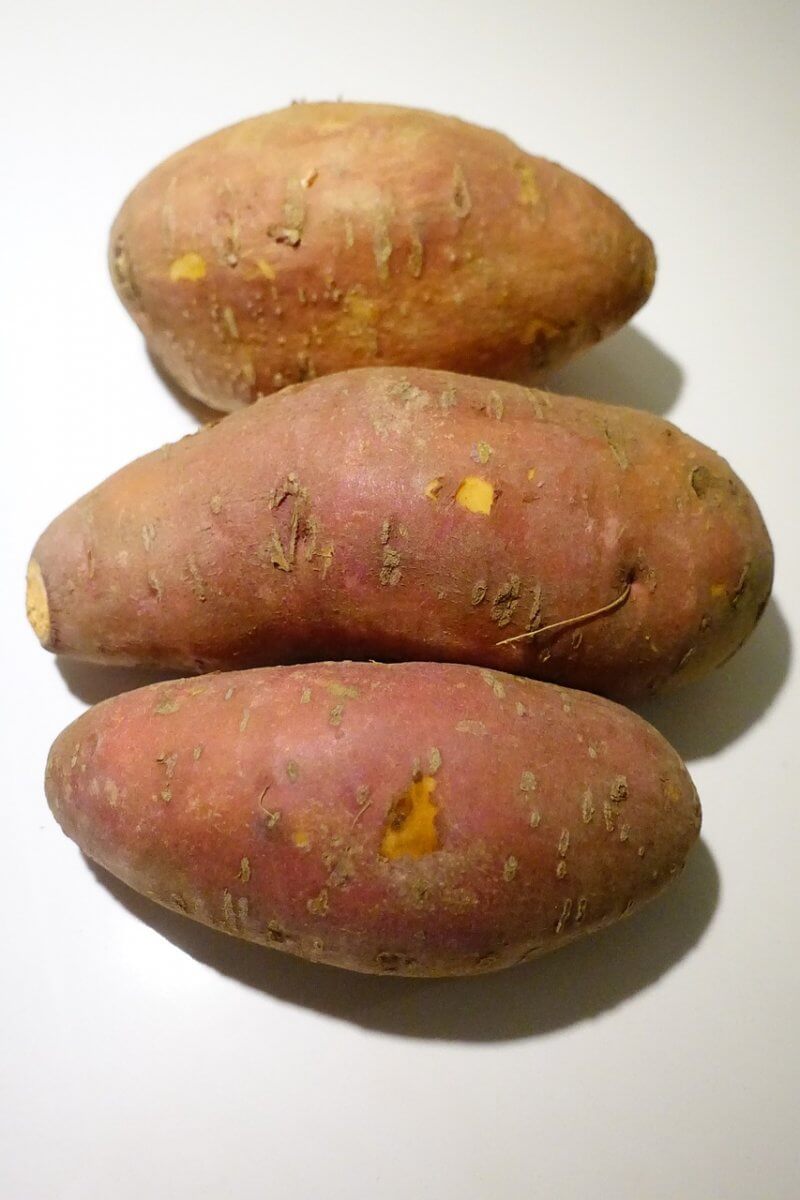
Red Cabbage as a substitute for beet
Red cabbage can be used as a substitute for beet in some recipes, but there are certain differences in taste, texture, and color that you should consider. It is a versatile vegetable with a slightly sweet and peppery flavor, while beets have a distinct earthy and sweet taste. Additionally, red cabbage does not have the same vibrant red color that beets provide, so the appearance of the final dish may differ.
Here are some considerations and tips for using red cabbage as a substitute for beets:
- Flavor: Red cabbage has its own unique taste, which may not be as sweet as beets. If the recipe requires the sweetness of beets, you might need to adjust the flavor by adding some sweetener, such as a touch of honey or maple syrup.
- Texture: Beets are known for their tender texture when cooked, whereas red cabbage can be a bit firmer and crunchy. If your recipe calls for cooked beets, you might want to blanch or sauté the red cabbage to soften it.
- Color: As mentioned earlier, red cabbage won’t provide the same vibrant red color that beets do. If the visual appeal of the dish is essential, this may impact your decision to use red cabbage as a substitute.
- Cooking time: Red cabbage typically requires less cooking time compared to beets. If the original recipe requires beets to be cooked for an extended period, you might need to adjust the cooking time when using red cabbage to prevent it from becoming too soft.
- Staining: Beets are known for their ability to stain other ingredients, which can be useful for providing a rich color to certain dishes. Red cabbage might not have the same staining effect, so you might need to find alternative ways to achieve the desired color.
Ultimately, the success of using red cabbage as a beet substitute will depend on the specific recipe and your preferences.
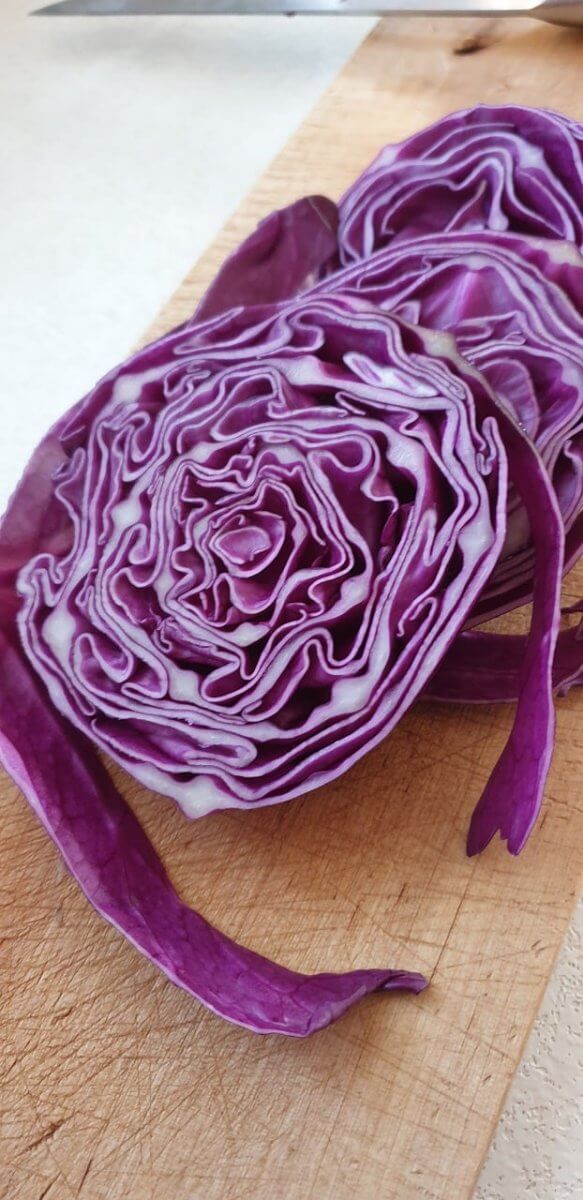
Celeriac as a beet substitute
Celeriac (also known as celery root) can be a suitable substitute for beets in certain dishes, but it’s important to note that they have distinct flavors and textures. It is a root vegetable with a mild celery-like taste, while beets have a sweeter and earthier flavor.
If you want to use celeriac as a substitute for beets, consider the following points:
- Flavor: Celeriac’s flavor is milder and less sweet than beets, so the resulting dish may not have the same sweetness or earthiness that beets provide. You might need to adjust the seasoning or add other ingredients to compensate for the flavor difference.
- Texture: Beets are firm and have a unique texture, while celeriac is more fibrous and has a denser texture. When using celeriac, be aware that the final dish’s texture may be different from what you would get with beets.
- Color: Beets are known for their vibrant red color, which can add visual appeal to dishes. Celeriac, on the other hand, has a pale beige or light brown color, so if you were counting on the bright red hue of beets, you might lose that aspect in the dish.
- Cooking Methods: Celeriac can be cooked in various ways, such as boiling, roasting, or mashing, just like beets. Consider the cooking method you intend to use and how it might affect the celeriac’s flavor and texture in the dish.
- Dishes: Celeriac can be a reasonable substitute for beets in certain dishes, especially those where the beets’ unique color or sweetness isn’t essential. For example, you can use celeriac in soups, stews, gratins, or salads as a replacement for beets.
Ultimately, whether celeriac works as a substitute for beets depends on the specific recipe and your preferences.
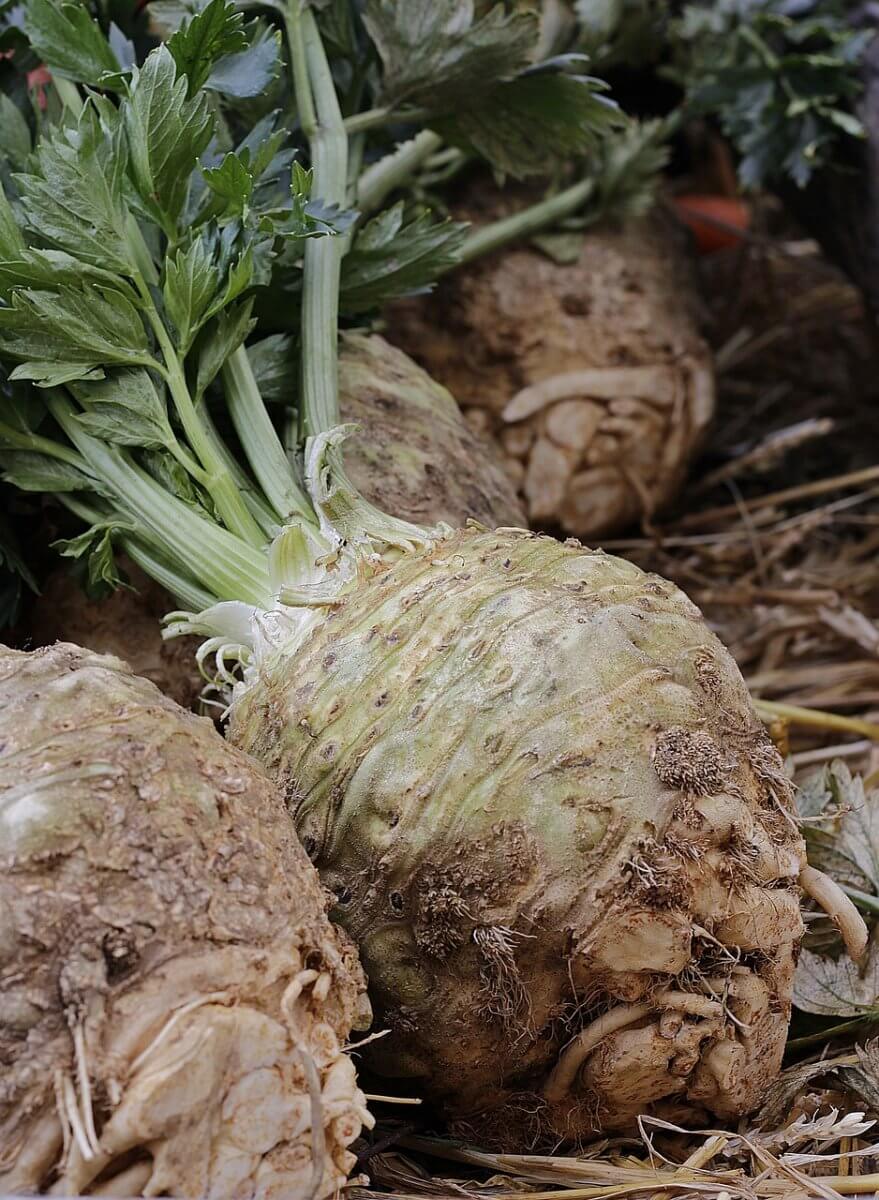
Carrots as a beet substitute
Carrots can be used as a substitute for beets in certain recipes, but it’s important to note that they have different flavors and textures. Beets have a unique earthy and slightly sweet flavor, along with a vibrant red or purple color, while carrots have a sweeter taste and come in various colors, including orange, purple, yellow, and white.
When using carrots as a substitute for beets, consider the following:
- Flavor: Carrots are sweeter than beets, so they may add more sweetness to the dish. You might need to adjust other seasonings or ingredients to balance the flavors accordingly.
- Color: If you’re using carrots as a replacement for red beets in a recipe where the vibrant red color is important (like in salads or pickles), keep in mind that carrots won’t provide the same intense red hue.
- Texture: Beets have a firmer and denser texture compared to carrots. While carrots can be firm when raw, they tend to soften more quickly during cooking. Be aware of this difference when using them in recipes where texture matters.
- Cooking time: Carrots typically cook faster than beets due to their softer texture. If you’re substituting them in a recipe that requires a long cooking time, you may need to adjust the cooking time accordingly.
Here are some examples of dishes where you can consider using carrots as a substitute for beets:
- Salads: Grated or thinly sliced carrots can be used as a crunchy addition to salads, adding a touch of sweetness.
- Soups: Carrots can be used as a replacement for beets in soups, especially if you’re going for a sweeter flavor profile.
- Roasted Vegetables: Carrots can be roasted alongside other root vegetables for a delicious and colorful side dish.
- Juices and Smoothies: Carrots can be used in place of beets in juices and smoothies to add sweetness and nutrients.
While carrots can be a versatile substitute for beets in certain dishes, keep in mind that they won’t provide the exact same taste, color, or texture.
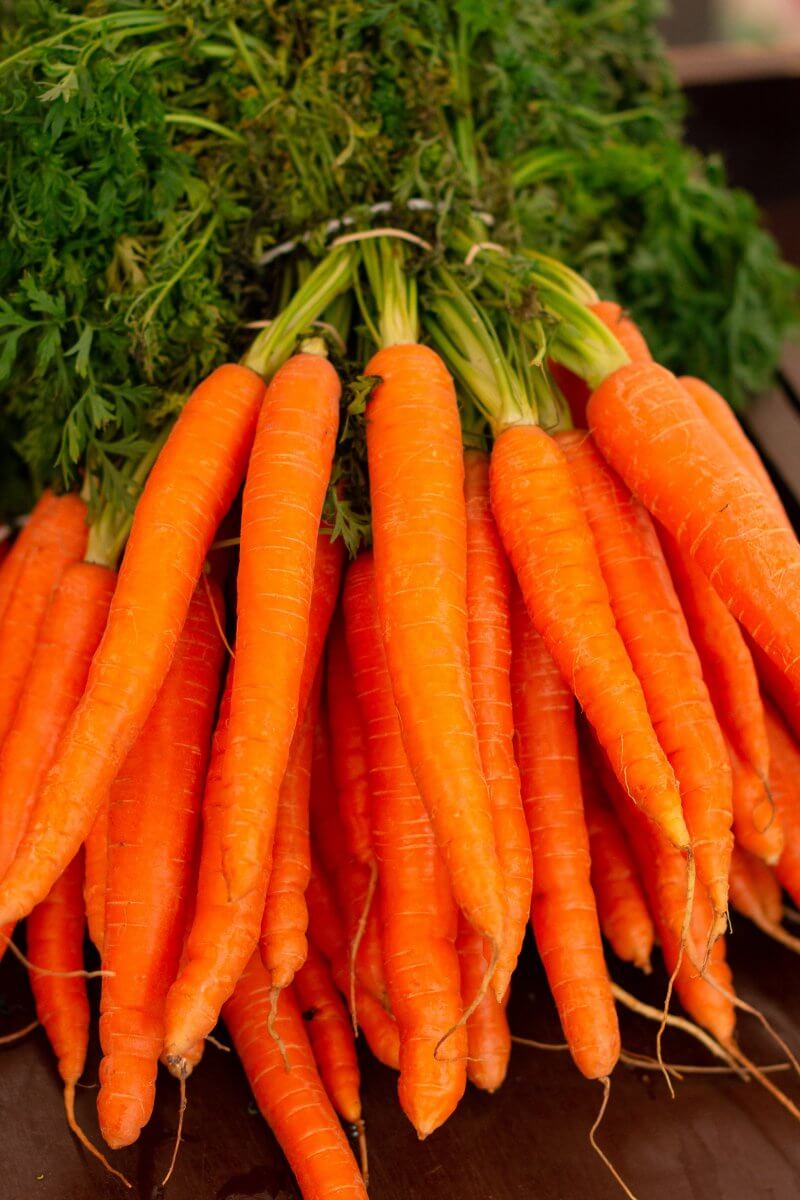
Turnips as the best beet substitute
While turnips and beets are both root vegetables, they have distinct flavors and textures. As a result, using turnips as a substitute for beets may not always yield the same results, but it can work in certain recipes. Here are some considerations and possible applications for using turnips as a beet substitute:
- Flavor: Turnips have a milder and slightly peppery taste compared to the earthy sweetness of beets. Keep in mind that using turnips may alter the overall flavor profile of the dish.
- Color: Beets are well-known for their vibrant red or purple color, which can add visual appeal to various dishes. Turnips, on the other hand, are typically white or cream-colored with purple tops. If the visual aspect is essential, you might need to adjust the dish’s presentation.
- Texture: Beets tend to be denser and sweeter, while turnips can be a bit lighter and less sweet. Depending on the recipe, this difference in texture could affect the final outcome.
- Culinary Uses: Here are some applications where you can consider using turnips as a substitute for beets:
- Salads: Raw or roasted turnip slices can add a nice crunch and mild flavor to salads. They won’t provide the same sweetness as beets, but they can still complement other salad ingredients.
- Roasted or Grilled: Turnips can be roasted or grilled, creating a tasty side dish or accompaniment to various main courses.
- Soups and Stews: Turnips can be used in soups and stews as a substitute for beets to add texture and flavor to the dish. However, keep in mind that the result will not have the same color and sweetness as the original beet-based recipe.
- Pickling: Just like beets, turnips can be pickled to create tangy and flavorful pickles.
Remember that cooking is about experimentation, so don’t be afraid to try using turnips as a substitute for beets in your favorite recipes. While the flavor and appearance may differ, you might discover a new and enjoyable variation of a dish!
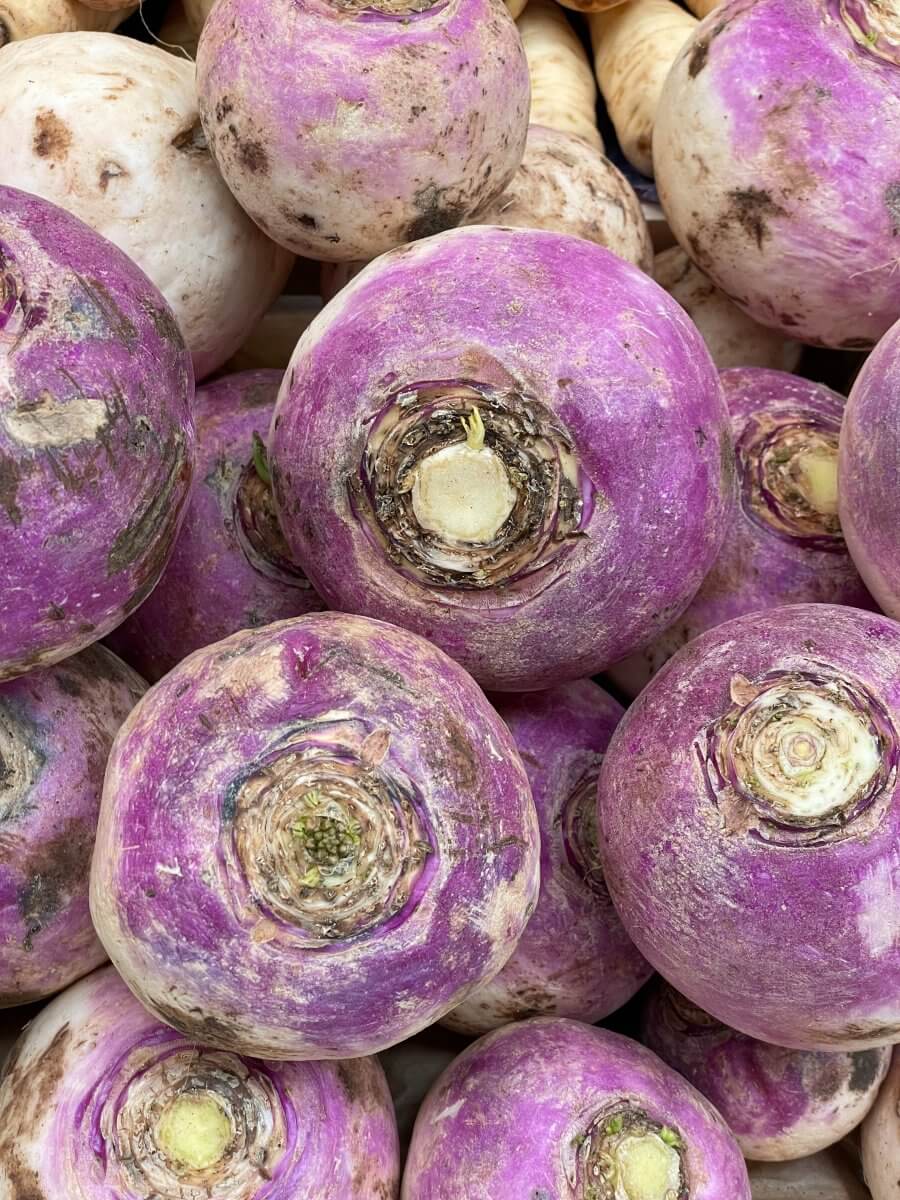
Parsnips as a beet substitute
Parsnips can be used as a substitute for beets in certain dishes, but it’s important to note that they have distinct flavors and textures. Here are some considerations when using parsnips as a substitute for beets:
- Flavor: Beets have a sweet and earthy flavor, while parsnips have a sweeter and nuttier taste. If the beet flavor is essential to the dish, the substitution might alter the overall taste.
- Color: Beets are known for their vibrant red or golden color, which can add visual appeal to dishes. Parsnips are pale ivory in color and won’t provide the same striking hue.
- Texture: Beets are typically juicier and denser than parsnips. When cooked, parsnips tend to have a more tender and less watery texture compared to beets.
- Cooking time: Beets can take longer to cook than parsnips, so keep that in mind if you’re substituting one for the other in a recipe.
Despite these differences, parsnips can work well as a substitute for beets in certain preparations. For example:
- Roasting: Both beets and parsnips roast beautifully and develop a caramelized flavor. You can roast parsnips similarly to beets with olive oil, salt, and pepper.
- Mashed dishes: You can make mashed parsnips, just like mashed beets. Boil the parsnips until tender, then mash them with butter and seasonings.
- Soups and stews: Parsnips can be used in soups and stews to add a slightly sweet and nutty flavor. They can provide a similar textural element to beets in these dishes.
- Salads: While parsnips won’t bring the same vibrant color as beets, you can julienne or shred them and use them raw in salads for a different crunch and flavor.
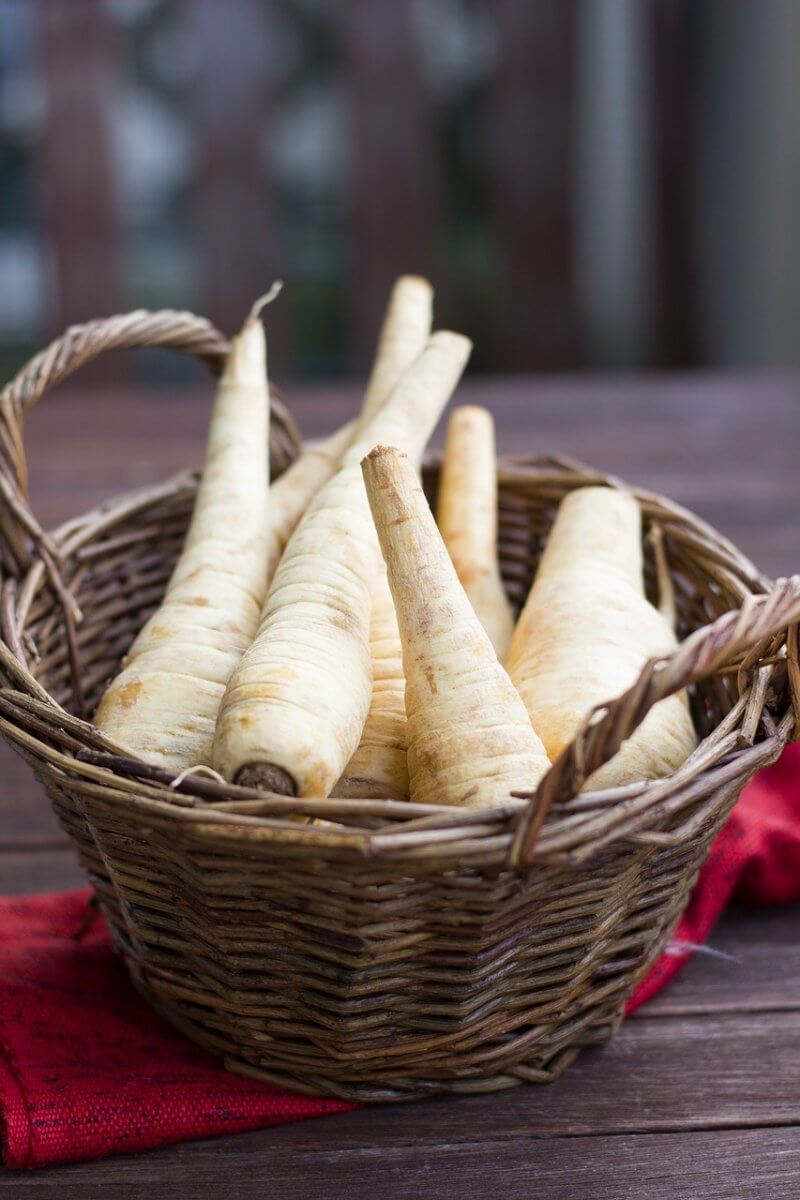
Summary for Beet substitutes
Okay – that’s you all sorted with suitable substitutes for Beets.
In conclusion, the ingredients listed above can serve as a substitute for beets in certain dishes. But remember it’s important to consider their flavor, color, texture, and cooking time differences. Beets have a sweet and earthy flavor, vibrant color, which may be difficult to replicate in your dishes.
Here’s a quick recap on some of the best beet substitute: Sweet Potatoes, Red Cabbage, Celeriac, Carrots, Parsnips, or Turnips.
- Sweet potatoes: Sweet potatoes have a similar earthy sweetness to beets, and they can be used in many of the same dishes. They are a good choice for soups, stews, salads, and even desserts.
- Red cabbage: Red cabbage has a similar tartness to beets, and it can be used in salads, slaw, and even as a filling for cabbage rolls.
- Celeriac: Celeriac has a similar earthy flavor to beets, and it can be used in soups, stews, and even mashed potatoes.
- Carrots: Carrots have a similar sweetness to beets, and they can be used in many of the same dishes. They are a good choice for salads, soups, stews, and even desserts.
- Parsnips: Parsnips have a similar sweetness and nutty flavor to beets, and they can be used in many of the same dishes. They are a good choice for soups, stews, and even roasted vegetables.
- Turnips: Turnips have a similar earthy flavor to beets, but they are a bit more spicy. They can be used in soups, stews, and even roasted vegetables.
We have gathered together a lot more facts on ingredients such as herbs, spices, oils, nuts, etc. if you would like to learn some more.
